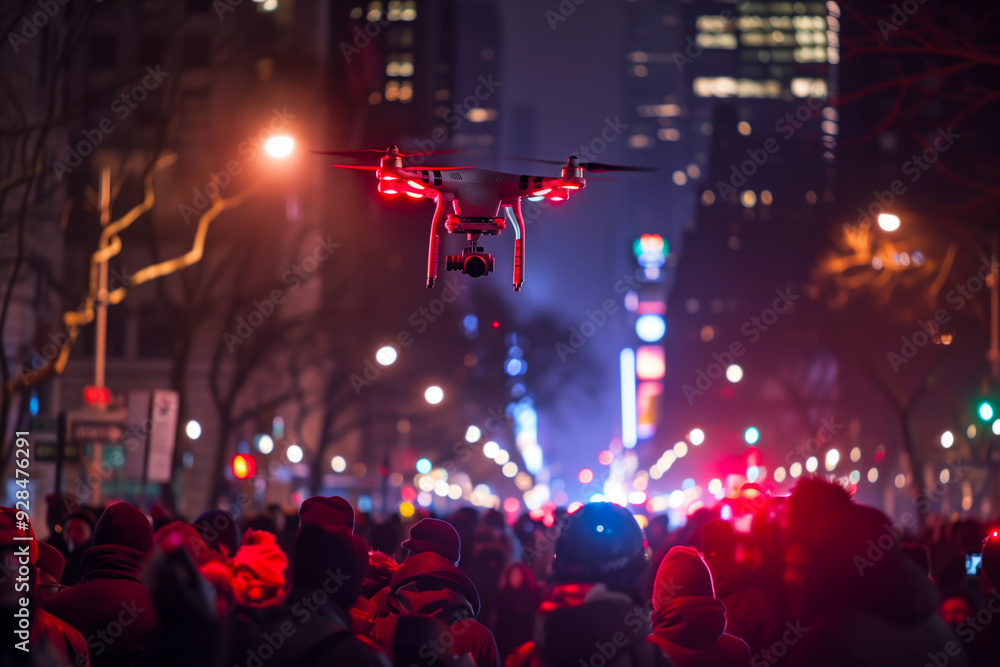
Navigating Drone Safety and Regulations: What Every Aerial Creator Needs to Know
Drones have revolutionized the way we capture video and photography, offering breathtaking perspectives that were once impossible to achieve. At Elevated Angles, we specialize in high-quality drone cinematography for commercial projects, concerts, real estate, and beyond. However, with great aerial capabilities comes the responsibility of understanding and adhering to drone safety and regulations.
Understanding FAA Drone Regulations
In the U.S., the Federal Aviation Administration (FAA) governs drone operations, and all commercial drone pilots must comply with Part 107 regulations. These rules include:
Safety Best Practices for Professional Drone Operators
Beyond regulations, ensuring safe drone operations requires best practices that protect both the equipment and the environment. Here are a few key steps we follow at Elevated Angles:
1. Pre-Flight PlanningEvery shoot starts with meticulous planning. We research airspace restrictions, check weather conditions, and review site-specific hazards. Using tools like FAA’s B4UFLY app and sectional charts, we determine whether special permissions are needed.
2. Equipment InspectionsDrones must be in top condition before every flight. We perform routine maintenance, checking batteries, propellers, and firmware updates to ensure safe and reliable operation.
3. Risk Management on SetWhen capturing dynamic footage for events, real estate, or creative projects, we assess potential risks, establish safety perimeters, and communicate with ground crews. Having a visual observer and a backup landing zone ensures smooth operations.
4. Public Awareness & PrivacyDrones often draw attention. We prioritize transparency and respect privacy by informing nearby individuals about our filming, avoiding sensitive locations, and following local laws regarding surveillance.
Staying Ahead of Regulatory Changes
The drone industry evolves rapidly, and staying informed about regulation updates is crucial. Whether it’s upcoming Remote ID requirements or changes in waivers for night operations, we continuously educate ourselves to ensure compliance.
For businesses and creatives looking to integrate drones into their projects, understanding and following regulations is key to maintaining both safety and professionalism. At Elevated Angles, we blend expertise with compliance, ensuring every flight meets the highest industry standards while delivering stunning visual content.
Need expert drone cinematography for your next project? Contact Elevated Angles today to bring your vision to life—safely and legally.